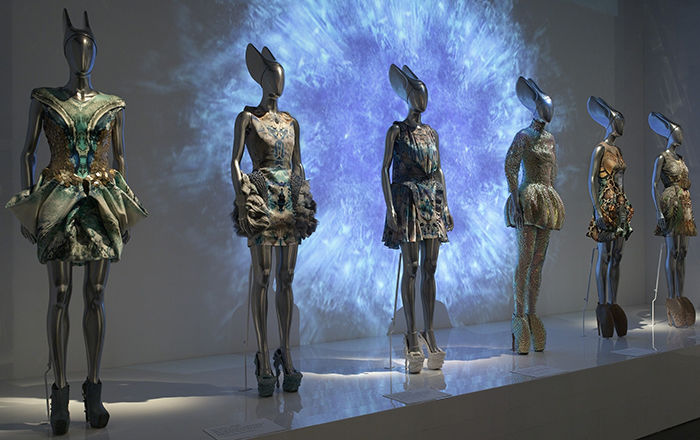Robe de Style
Design House House of Lanvin French
Designer Jeanne Lanvin French
Not on view
Jeanne Lanvin was apprenticed to a milliner and a dressmaker before opening her own millinery shop in 1889. She expanded into dressmaking when her clients began asking for the ensembles in which she adorned her daughter, Marguerite di Pietro (1897-1958). Her style embodied the femininity of youth in a most modern way with meticulous and relatively sparse surface embellishments and robe de style silhouettes, which could be worn by women of all ages. Lanvin's aptitude can be seen through her house's 1920s expansion into fur, lingerie, men's wear, household goods and perfume. She even had the forethought to open her own dye factory which produced the inimitable 'Lanvin blue.' The longevity of the House of Lanvin can be credited to her attentive management and design standards from its inception.
The 17th and 18th century inspired robe de style of the 1920s was mastered by Lanvin from season to season. It was popular because of its versatility at enhancing every figure and creating a youthful air. Simple refined decoration was employed by Lanvin to enhance the vast amounts of textile which made up the skirt on such dresses. This rare example of an intact gold lamé robe de style personifies the sophistication of the style. Its textile and scattered velvet flowers indicate Lanvin's aptitude at modernizing the classic silhouette.
This image cannot be enlarged, viewed at full screen, or downloaded.
This artwork is meant to be viewed from right to left. Scroll left to view more.




